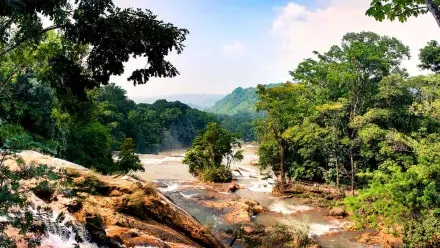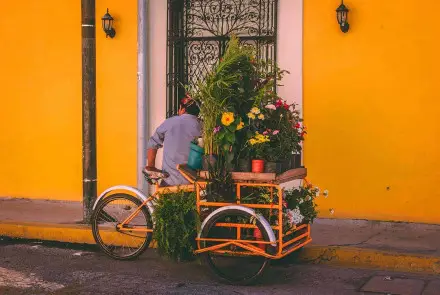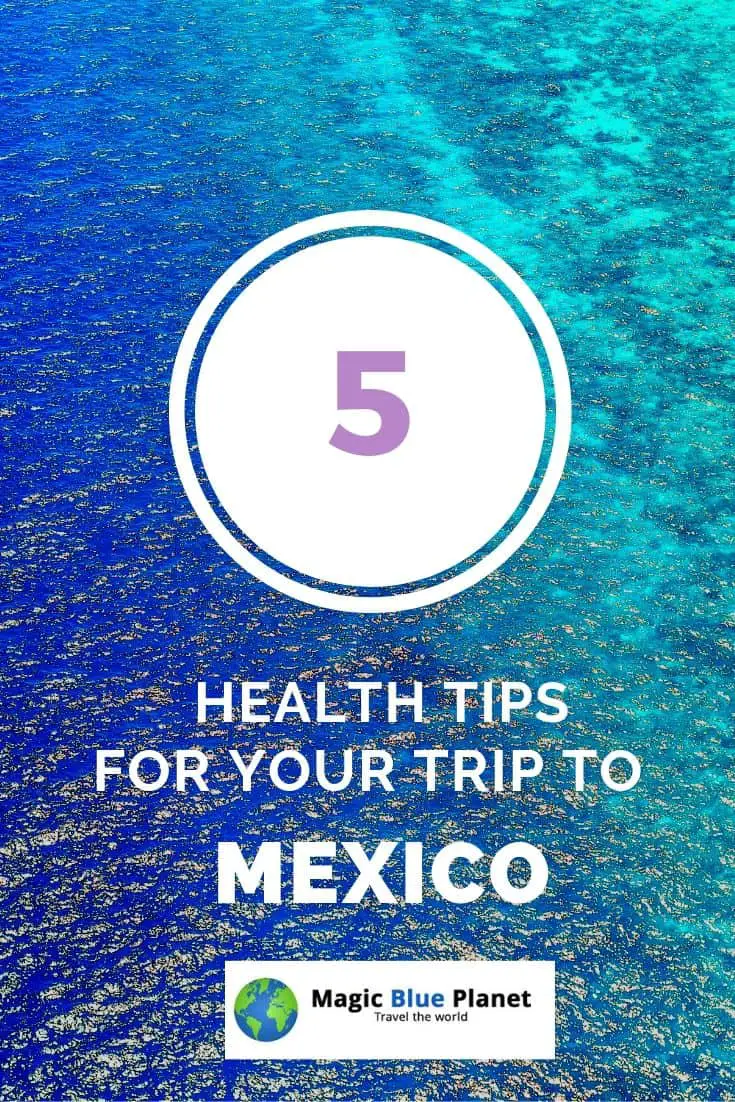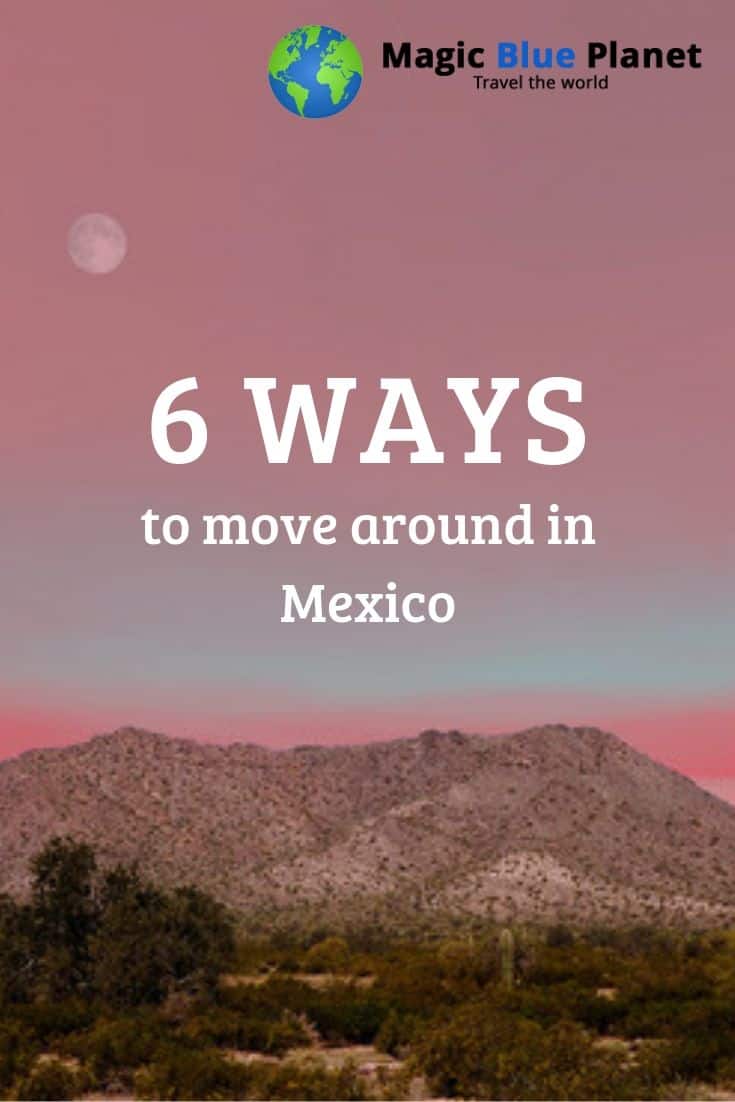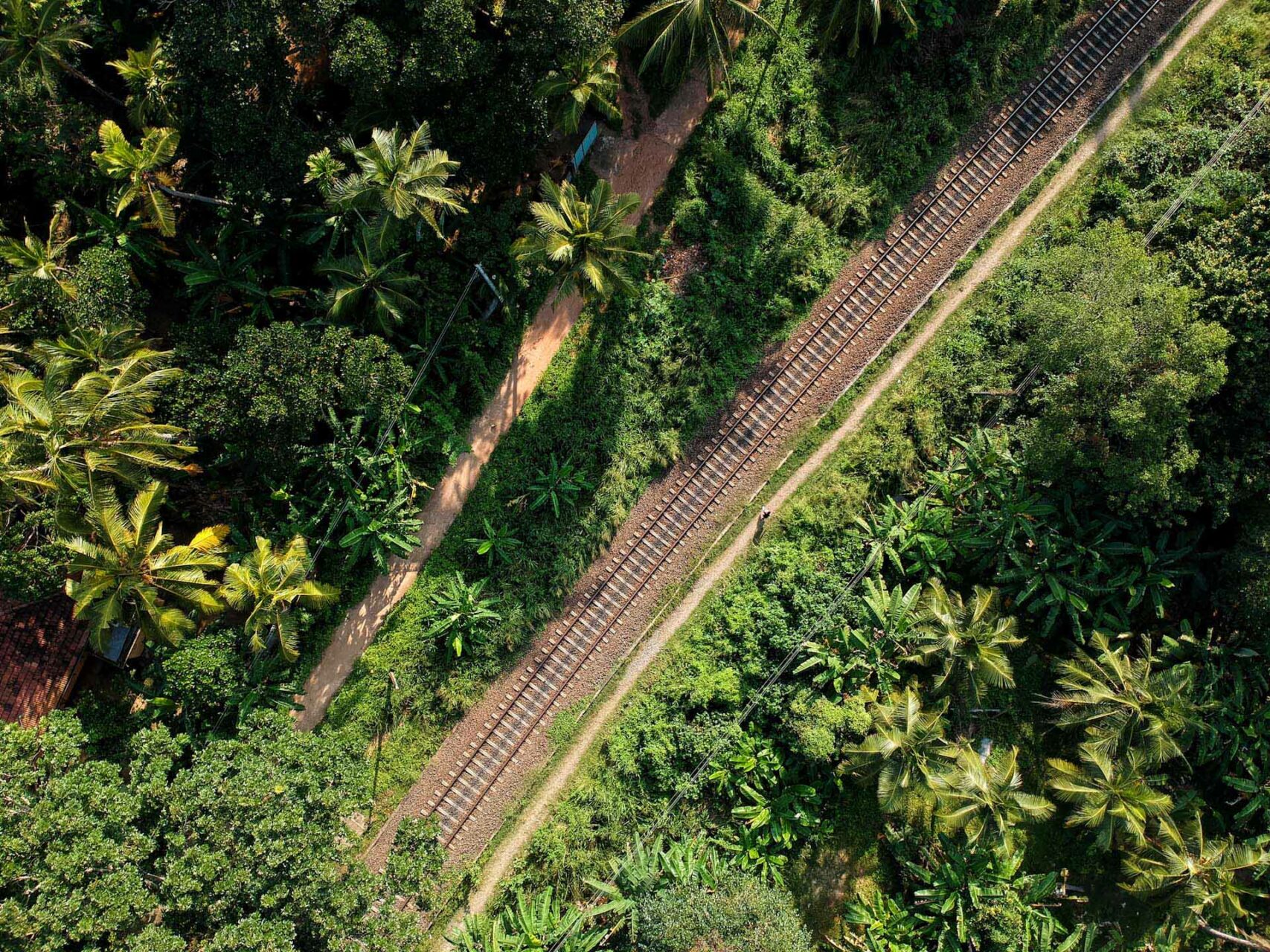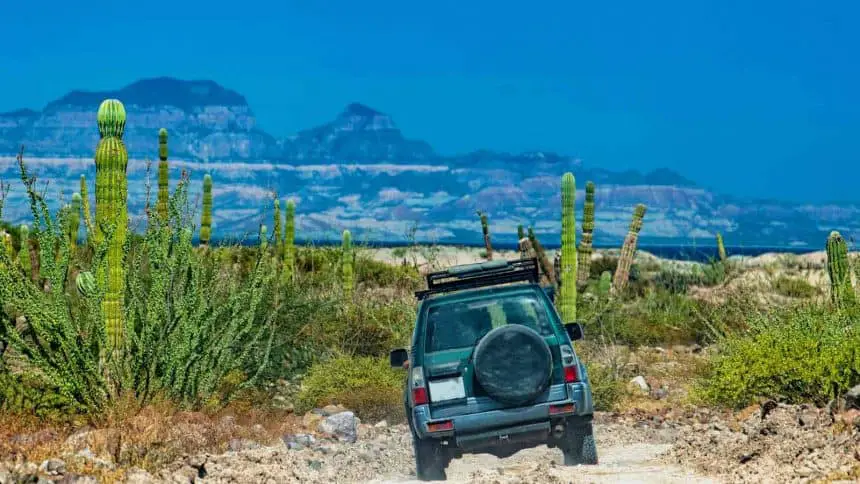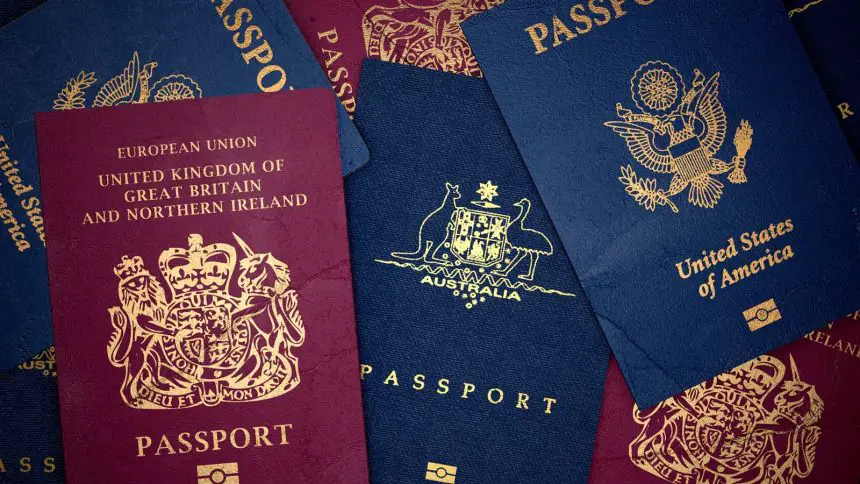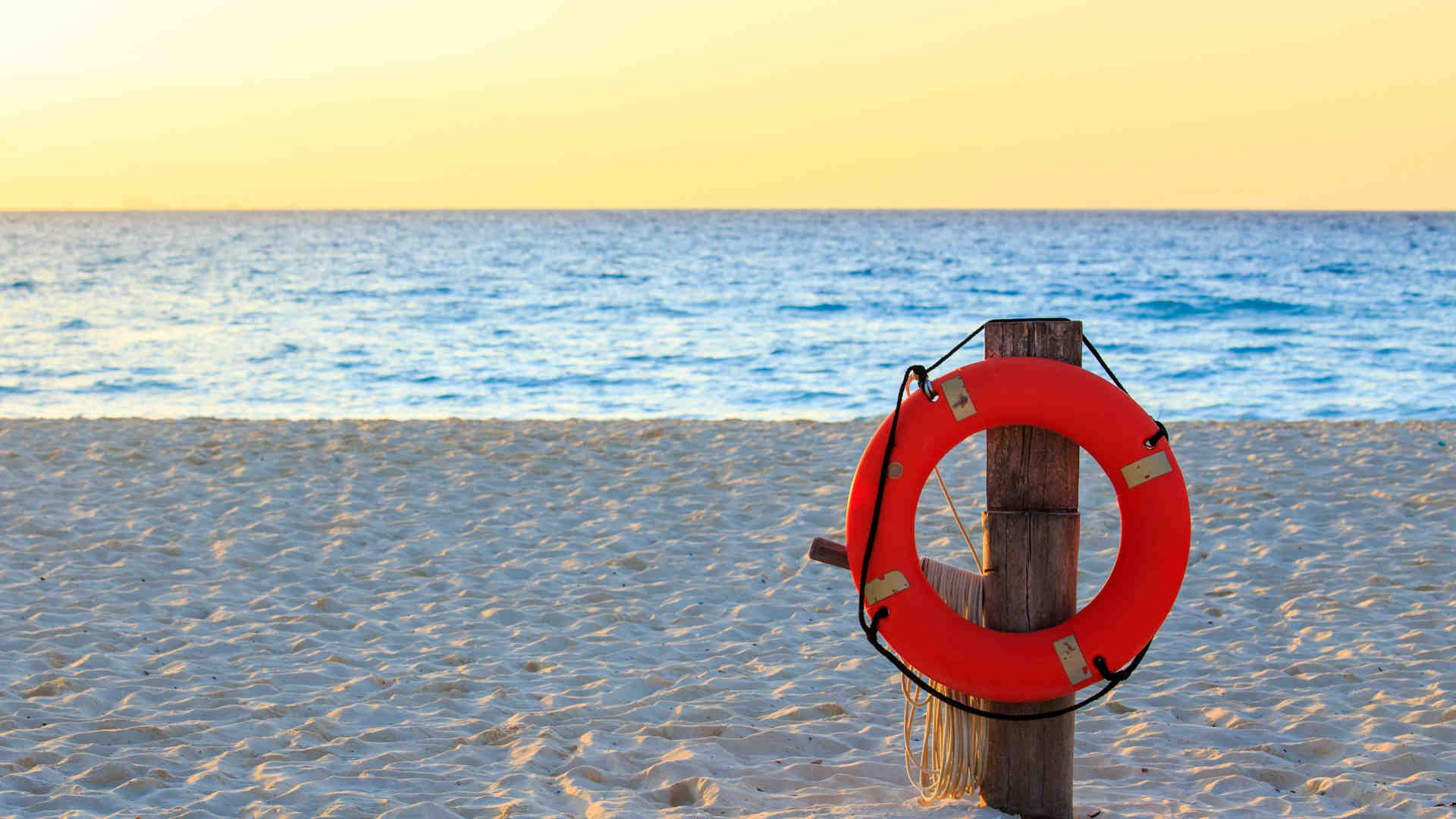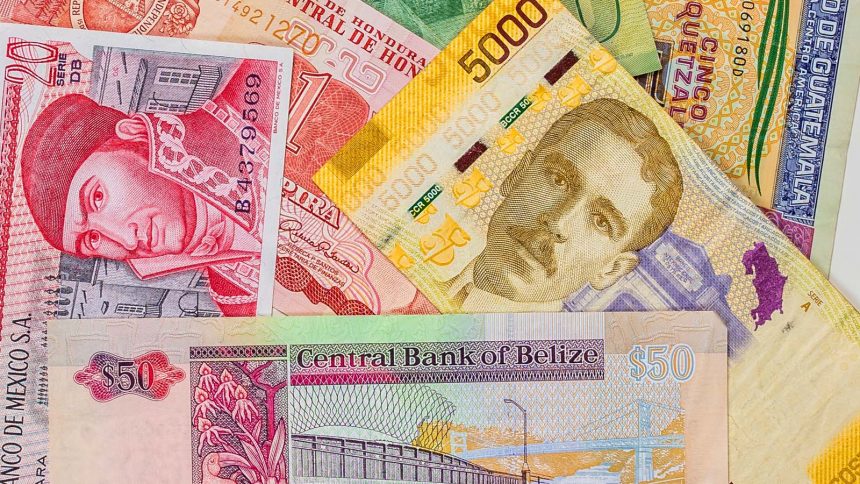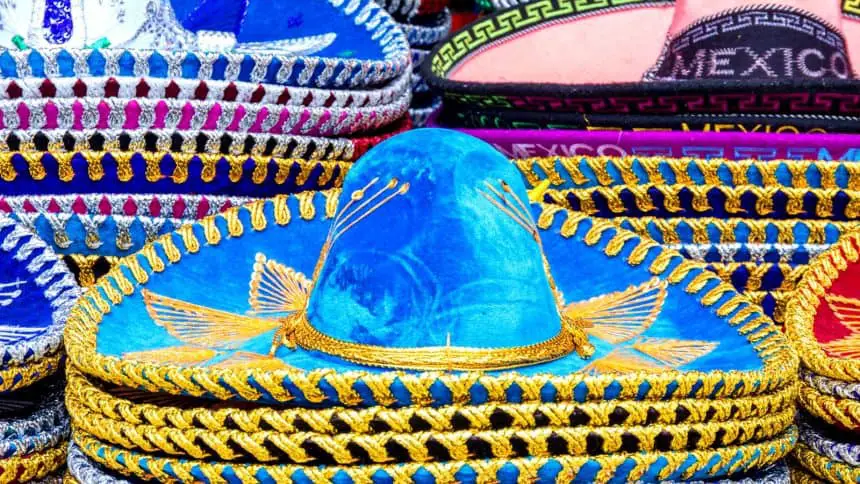Are you looking for a short Mexico travel advisory? Mexico is probably one of the most interesting travel destinations ever. The North American country is a colorful mix of culture and nature, living history of different ages.
The friendliness of Mexicans always makes a trip to Mexico a beautiful experience. Ancient ruins from before the “discovery” of the new world breathe history. Many places and cities are pearls of the colonial era and simply to be described with the word “beautiful.”
Breathtaking nature, dreamlike beaches, developed infrastructure, tasteful gastronomy and simply the typical Mexican way of life make Mexico very special – „México es mágico” as Mexicans say… Mexico is magic.
Where to go in Mexico?
That’s a really good question. Nature and culture of Mexico are incredibly diverse. If you want to relax on the beach with a cool drink in your hand, the Riviera Maya on the coast of the Caribbean Sea is the first choice. If you also want to have a good portion of nightlife, your choice will probably fall on Cancun or Playa del Carmen.
If you love history and city breaks, don’t miss Mexico City. And, of course, a trip to the ruins of ancient cultures, such as Teotihuacan near Mexico City or the ancient cities of the Maya on the Yucatan peninsula. Or would you rather discover the picturesque places from the colonial era?
Nature lovers can explore the desert of Mexico in the north, or the dense jungle in the south of the country. But there are also mountains to climb – in the case of Mexico, these would be more likely volcanoes that rise almost 6000 m into the sky.
What to expect
No matter which part of Mexico is your destination – nature and culture await you in an incredible variety. In addition, the most delicious food in the world for some people, friendly locals, colorful houses, old ruin edified cities, and so much more. No matter what you choose, a trip to Mexico will definitely be unforgettable.
Language: Spanish and 62 indigenous languages
Currency: Mexican Peso
Credit Cards & ATMs: Visa, American Express, and MasterCard are widely accepted in Mexico. It’s easy to pay by card or find an ATM in larger cities. In rural areas, cash is the better solution. Actually, it’s always wise to have enough Mexican cash with you. But by no means too much of it to avoid being put in danger. You can change at local banks.
Power plugs: In Mexico, the voltage is 120 V / 60 Hz. You need a power plug and adapter like for the USA.
Safety in Mexico
Mexico does not have a particularly good reputation on safety issues. Even if the tourist resorts are very safe for visitors – keep an eye on your surroundings. Just like your valuables. Maybe you should invest in a theft-proof bag. You can also tell in your hotel where you are going and when you will be back before each trip.
Stay away from sex tourism, drugs and too much alcohol. Then you should have no problems. With a good travel insurance you can prepare for many problems.
If you want to know more about safety and health on your trip to Mexico, check our related posts.
Best time to go
As in many other places around the world, the best time to travel to Mexico depends on your destination. If you want to go to the beach, you may want to avoid the hurricane season. It falls in the period from June to October. From November to April, the dry season awaits you with plenty of sunshine and lower humidity – but also the high season. The cheapest off-season is likely to fall into September.
If you want to discover the jungle or the mountains, you should travel to Mexico in winter. Without frequent rain or high humidity, you have better conditions for hiking.
How to get around in Mexico
The best way to get from one place to another in Mexico is by public transport. Above all, the public bus. This solution is convenient, cheap, and the quality is pretty good.
For longer distances you should think about domestic flights. Mexico is very large, and a trip from Cancun to Mexico City on the road, for example, is about 20 hours. Flights within Mexico are good and not expensive.
Within larger places, the taxi is a good alternative. However, you should agree the price with the driver BEFORE boarding. Mexico City and Guadalajara also have a subway.
Mexico does not have a rail network and has no train connections.
The hottest locations on the Riviera Maya
The Riviera Maya roughly corresponds to the Mexican definition of paradise. The zone is located in the state of Quintana Roo on the Yucatan Peninsula and consists of dense green jungle, dreamlike Caribbean beaches with fine white sand and turquoise crystal clear water, the whole thing garnished with holiday locations that leave no wishes unfulfilled.
From the silence of nature to the never-ending party – on the Riviera Maya you will find everything your heart desires. The successful mix of Mexico and the Caribbean is one of the most sought-after holiday destinations in the world and guarantees an unforgettable trip.
No post found!
Mexico Travel Advisory: Know before you go
Everyone is happy about a really great vacation. But… other countries, different manners. In a foreign country, it is sometimes not so easy NOT to put one’s foot in it. Well, of course in the neighbor country, the difference to our own way of life is probably rather small but nice.
But in a country at the other side of the world, you can expect many surprises. To make sure that these are only positive in nature, you should prepare as well as possible for your trip. Here is some information to help you do this.
Tren Maya (Mayan Train): 1500 km of rail to secret worlds
Mexican holidays and traditions: The most important celebrations
Mexican Drinks
Authentic Regional cooking in Mexico
6 Ways to get around in Mexico
Code of conduct in Mexico – 6 Tips for good manners
Mexico – Entry requirements, customs & travel season
5 Tips to keep you safe in Mexico
5 Health tips for your trip to Mexico
Mexico – Time zones, money & electricity
Mexico – People & Culture
What people also ask about Mexico
Where Mexico is located?

Mexico is located in North America. The country is situated just south of the USA. In the west, Mexico reaches to the Pacific Ocean. In the east, it has a long and beautiful coastline with the Gulf of Mexico and the Caribbean Sea. In the south, Mexico extends until the borders of Guatemala and Belize.
How Mexico got its name?

Mexico got its name from the Aztecs. They called themselves “u003cemu003eMexíca”u003c/emu003e. They are only referred to as Aztecs due to old legends. Their people arrived in Mexico around the 14u003csupu003ethu003c/supu003e century, after a long march in order to find a promised land. They came from a legendary place called “u003cemu003eAztlán”u003c/emu003e. That is why they were often referred to as Aztecs by other people. Prophecy said their promised land would be in a place where they would find an eagle sitting on a cactus, with a snake in its claws. This place was just in the valley where today Mexico City is located. And this is why the Mexican flag shows an eagle sitting on a cactus, with a snake in its claws.
What Mexican state is Cancun in?
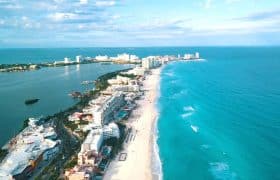
Cancun is located in the Mexican state of Quintana Roo on the Yucatan peninsula. Not to be confused with the Mexican state of Yucatan, also situated on the Yucatan peninsula. Cancun in Quintana Roo is just on the Caribbean coastline and offers many miles of dreamlike beaches. The area is promoted as the “u003cemu003eRiviera Maya”u003c/emu003e and is probably one of the most popular travel destinations not only of Mexico, but also of the Americas.
Why Mexico is not safe?
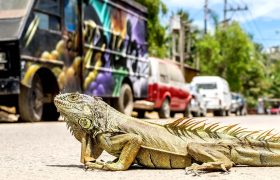
Against the public opinion created by international media, Mexico is pretty safe for tourists. Travelers visiting the touristic areas of Mexico should not find any issues for their personal safety. However, it makes sense to stay away from drugs, sex tourism and excessive use of alcohol. Be polite and avoid conflictive behavior, and you will be fine. As in any other country with unbalanced wealth, keep your personal property in sight. Furthermore, it is recommended to visit the many touristic areas and stay away from the back country.
Why Mexico City is sinking?
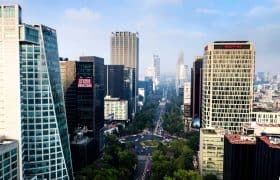
Mexico City is sinking because the area was a lake before the arrival of the Spanish. When the Aztecs arrived to their promised land, they found a very large lake called Lake u003cemu003e“Texcoco”u003c/emu003e. But the area was not at all virgin, it was well inhabited by other people. On arrival, the Aztecs were assigned a small island in the west of the lake to stay. It was called u003cemu003e“Chapultepec”u003c/emu003e which means grasshoppers hill. The Aztecs started their live on this island in the middle of the lake, building more artificial islands, the so called u003cemu003e“Chinampas”u003c/emu003e. When the Spanish arrived, they found the Aztec capital u003cemu003eTenochtitlánu003c/emu003e with impressive buildings, surrounded by broad channels floated with water. Hernan Cortez sent a letter home, saying it was the most beautiful place he ever saw. When the Spanish destroyed the city, they filled the channels with the debris of the destroyed buildings. They cut down the surrounding woods to build ships, and brought lots of cattle to grass, therefore reducing the natural vegetation furthermore. Mexico City was built over the ruins of the ancient Aztec capital in lake u003cemu003eTexcocou003c/emu003e. The ground is not stable in the former lake, and the destruction of the natural environment led to erosion and frequent flooding. That is why the city is slowly sinking since 500 years.
Did you like this article? Pin it!
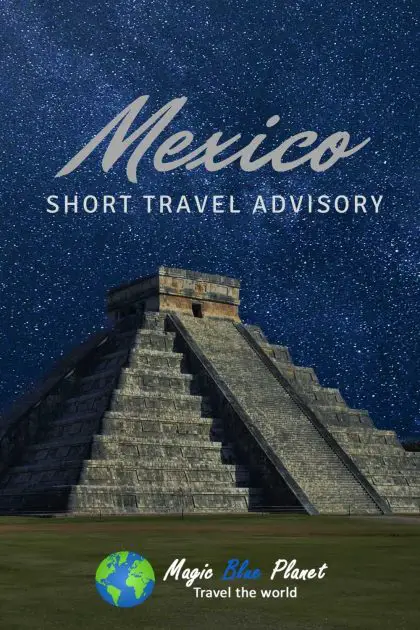
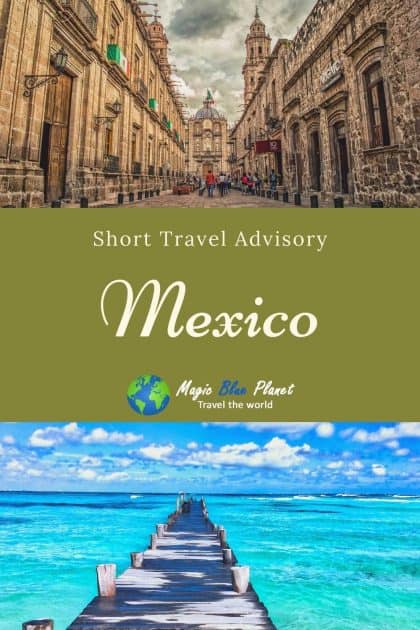
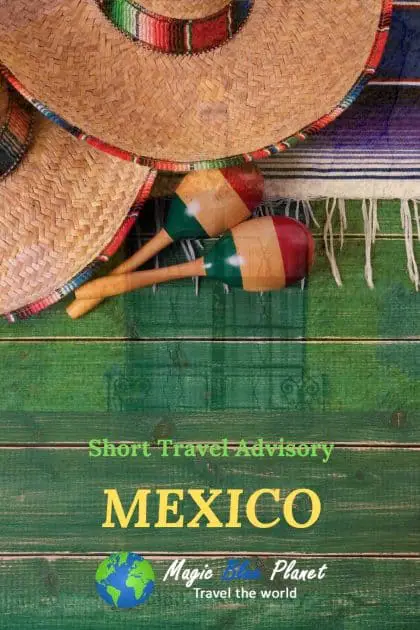
We are using affiliate links on our pages. If you purchase through these links, we receive a small commission without any extra cost for you. In some cases you even might get a discount. We appreciate your support!








